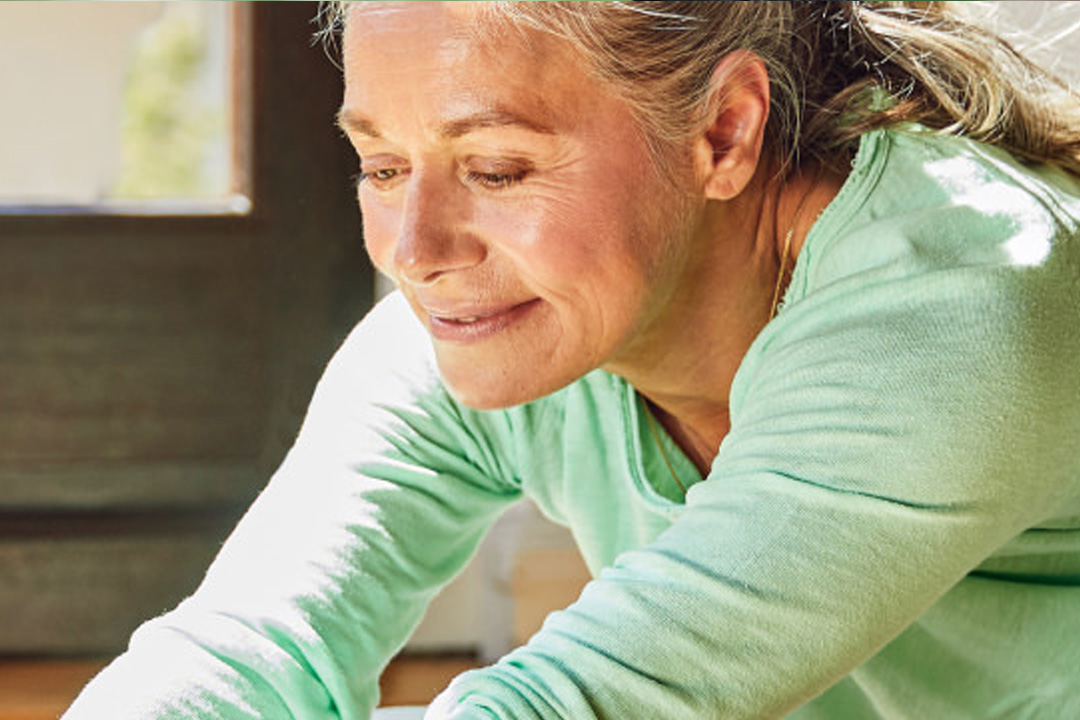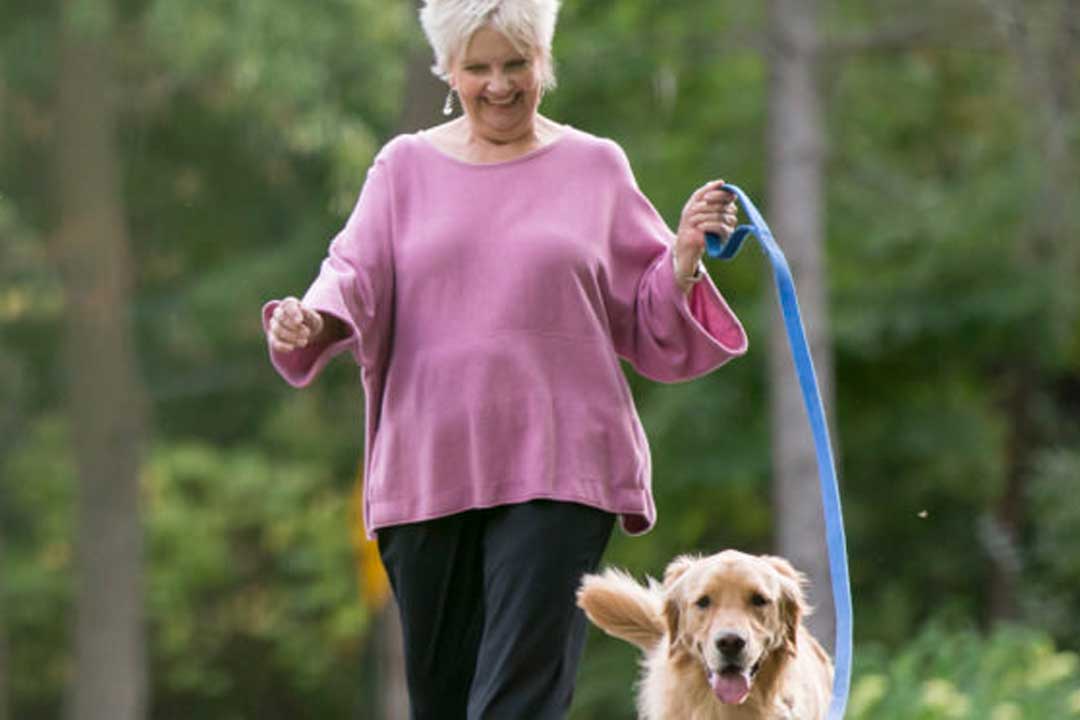Low impact exercise is a great way to maintain mobility and improve your overall health without putting excessive strain on your joints. But what exactly qualifies as low impact? Low impact exercises reduce the amount of stress placed on the joints in your knees, hips and ankles. Typically, these exercises keep one or both feet in contact with the ground.
The benefits of low impact exercise
Adding exercise to your lifestyle can have a positive effect on your health, body and mind. Below are just some of the benefits of low impact exercise.
- Strength and endurance: Low impact workouts are great for slowly building up strength and muscular endurance over time without putting stress on your joints.
- Fat loss: Participating in low impact exercise is a great way to lose weight.
- Increased cardiovascular health: You don’t have to run a marathon to help improve your cardiovascular health. Low impact exercises can help boost your heart health without all the strain.
You don’t necessarily have to jump around to get an intense workout. Many low impact exercises can get your heart rate up. Check out our list below.
Note: Before trying any of these exercises, it’s important to talk with your doctor about your physical activity level to determine if these exercises are right for your needs.
- Swimming or water aerobics: If you’re coping with arthritis, working out in a pool is a great way to exercise. Whether you’re swimming laps or doing water aerobics, swimming causes the least impact to the body and puts less strain on your joints.
- Bodyweight training: Bodyweight training exercises use gravity and your own weight to provide resistance. Examples include squats, push-ups and sit-ups. Because no weight is added to these exercises, they are a great form of low impact exercise that is easier on your joints.
- Walking: Walking is easy on the joints and can help reduce stress. If you’re looking for a more intense workout, you can amp up your heart rate by simply increasing your speed. According to the American Heart Association, for every hour of brisk walking, life expectancy for some people may increase by two hours.
- Cycling: Whether you ride outside or indoors on a stationary bike, cycling is a great way to boost your cardio fitness. You can set your own pace or invite others to join you on a bike ride to make this a group activity.
- Rowing: This seated pushing-and-pulling exercise is a great way to work up a sweat. The motion of using a rowing machine is a natural movement. There is minimal stress applied to any part of the body. While rowing engages several muscle groups, it’s a great way to build your leg, arm, core and back muscles, as well as increase your heart rate.
- Yoga: Yoga is good for improving your physical fitness and general well-being. The variety of postures and breathing exercises help promote strength, balance and flexibility while limiting the amount of pressure on your joints.
- Elliptical machine: Since elliptical machines provide low-impact aerobic activity, they can be a good alternative to running or jogging, especially for someone who has joint pain due to arthritis.
Related content

Eyebrow text (45)
Exercise and chronic conditions
If you’re living with a chronic condition, exercise may be an important way to manage your symptoms, improve your overall health and more.

Article
Taking your specialty medication on the road
If you have a condition that requires specialty medication, organizing in advance can take some of the anxiety out of trips and vacations.

Article
8 ways to cope with fatigue
Here are some ways to help cope with fatigue caused by specialty medicines or conditions.



